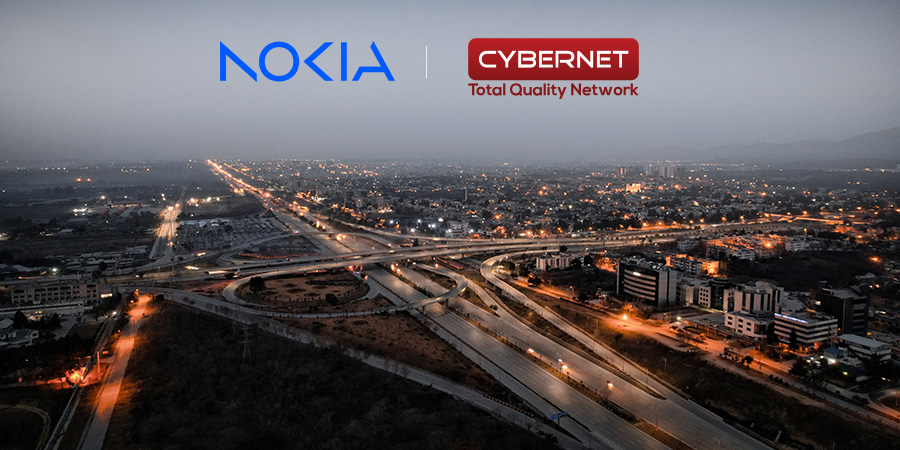A recent study conducted by Juniper Research, a leading authority in the field of telecommunications, revealed that operators are projected to invest USD 26 billion in cloud services by 2024, with expenditures expected to increase to USD 65 billion by 2028.
A telecommunications cloud refers to the incorporation of cloud technology, services, and architecture into the core networks of telecommunications operators. By centralizing these elements, operators can establish sophisticated automated systems for managing their networks more efficiently and effectively.
This integration enables operators to streamline various processes such as resource allocation, network monitoring, and service provisioning, ultimately leading to enhanced scalability, agility, and cost-effectiveness in their operations. Additionally, a telco cloud empowers operators to offer innovative services and applications to their customers, driving digital transformation within the telecommunications industry.
Network Expansion
The study anticipates a 110% surge in cellular data over the next four years due to the expansion of 5G networks and the emergence of cloud-native 6G networks. This surge in data consumption is anticipated to be driven primarily by the escalating adoption of data-intensive Internet of Things (IoT) applications across various sectors.
The expansion of 5G networks, characterized by their high-speed, low-latency connectivity, will enable a multitude of IoT devices to transmit and receive vast amounts of data more efficiently than ever before. Furthermore, the evolution towards cloud-native 6G networks is poised to further revolutionize data transmission and processing capabilities, paving the way for even more advanced and immersive IoT applications.
In particular, industries like automated manufacturing are projected to leverage IoT technologies for real-time monitoring, predictive maintenance, and process optimization, thereby significantly increasing their data consumption. Similarly, the automotive sector is anticipated to witness a surge in data usage driven by the integration of advanced infotainment systems in vehicles, offering passengers a seamless and personalized digital experience.
Futuristic Considerations: ML and Cloud Technologies
To handle this significant increase in cellular data, operators will need to utilize cloud-based network management systems to automate the management of network resources in real-time and at a local level. Machine learning (ML) will play a crucial role in enabling real-time traffic analysis, facilitating automatic adjustments to network resources in response to unexpected traffic patterns.
This proactive approach will help prevent network congestion caused by sudden spikes in cellular data, ensuring a high quality of service. Furthermore, the report suggests that cloud technologies will play a vital role in helping operators meet sustainability goals. By using machine learning to automate network management, operators can reduce power consumption in network elements during periods of low user demand.
The research emphasized the increasing complexity of telecommunications networks, necessitating more automated network management systems. However, operators must ensure that critical traffic is protected when reducing power to maintain quality of service (QoS) for businesses.







